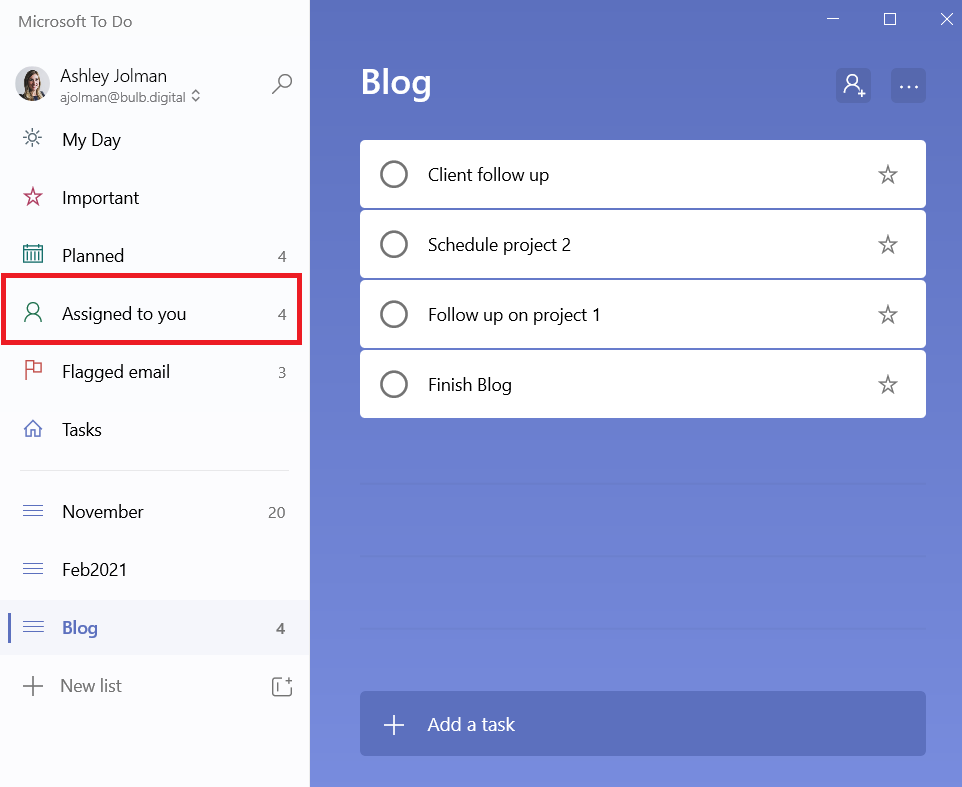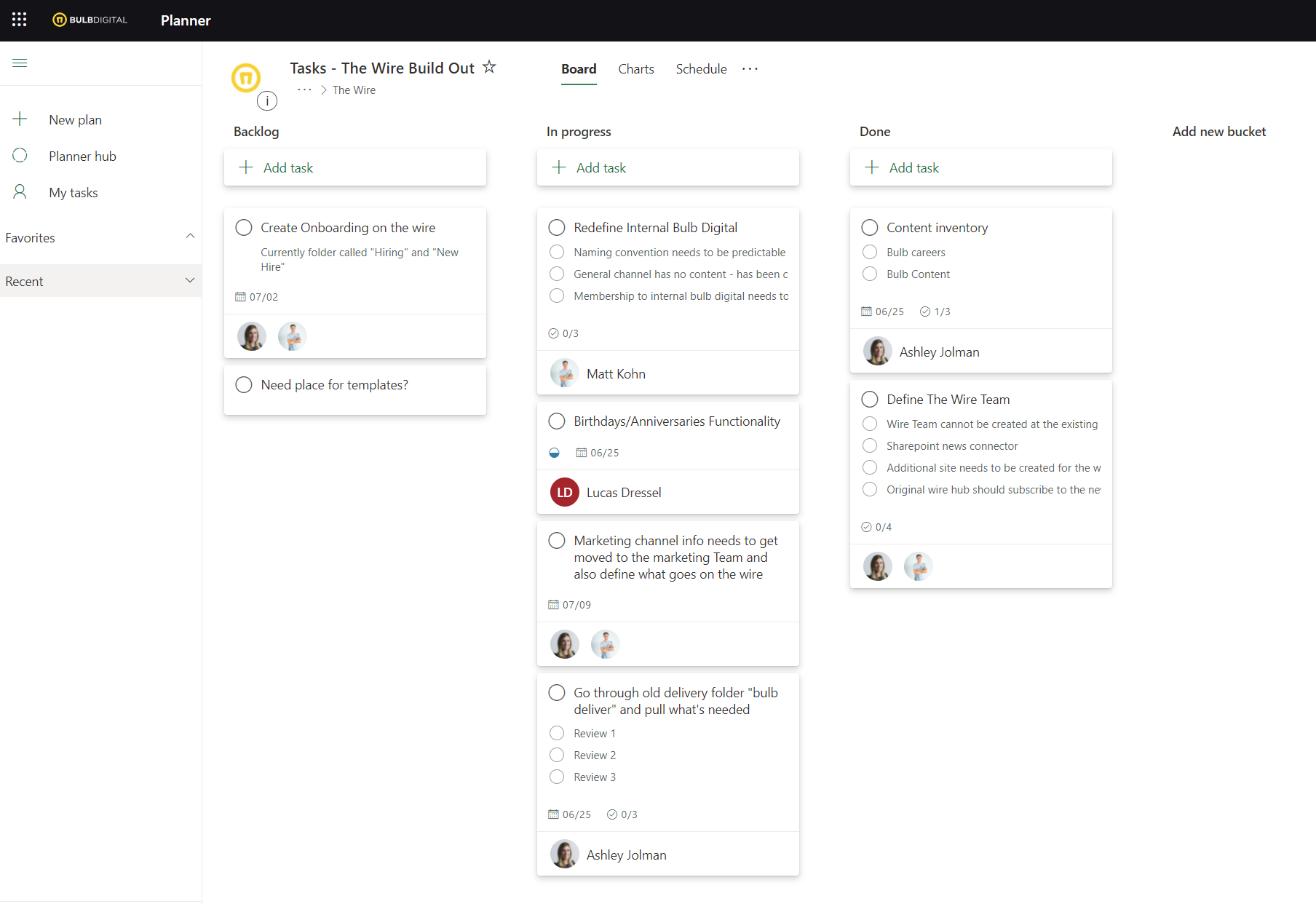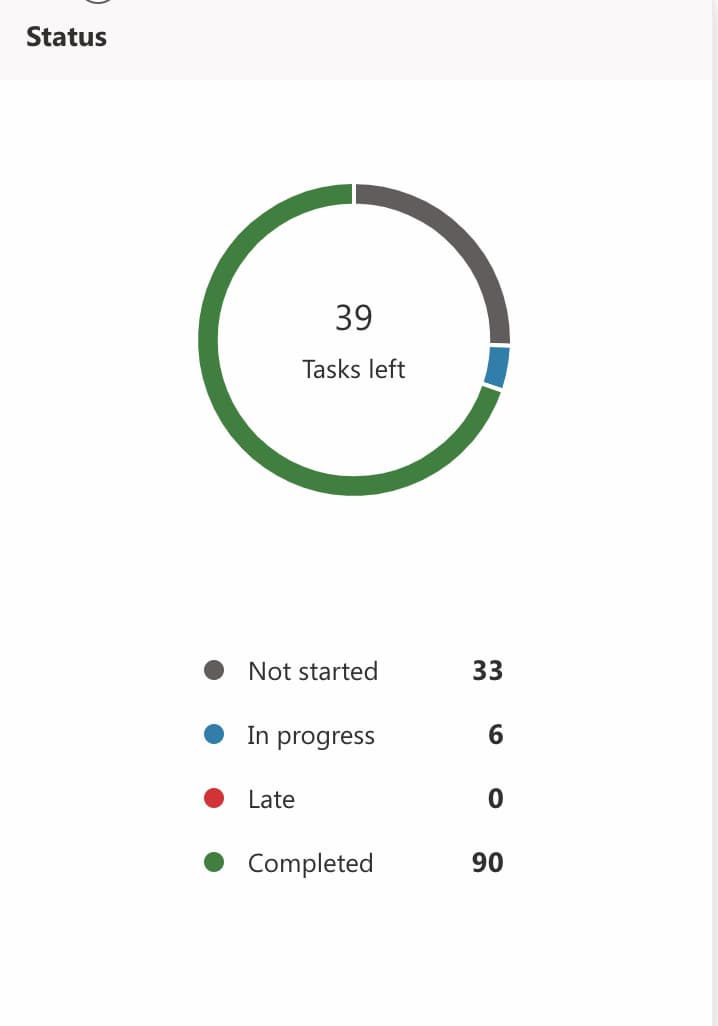Task Management in Microsoft 365
Microsoft 365 has a lot of task management tools, and it's not always clear which you might want to use in which scenario.
We'll give you an overview of each and talk about why you might use one over the other so you can keep track of your tasks and prevent them from falling through the cracks.
Task Management in M365
Effective task management keeps us focused and productive, no matter which app or device we are working on. With the expansion of apps for both communication and collaboration, the need for a convenient place to view all your tasks has become critical.
Task management in Microsoft 365 revolves around 2 main tools, To Do and Planner. Microsoft Lists is a newer app that has task management capabilities, but its best use is in more specific use-cases which I’ll get into below. All three of these apps have integration capabilities with Microsoft Teams, but only To Do and Planner shows up in the Teams’ Tasks app. This integration is important because if your workflow is in Microsoft Teams, all your tasks are centralized in one place, even if those tasks originate in multiple places. Which tool you use will depend on a few things, such as if the tasks are private or within a group, or where you’d like them displayed to best suit your workflow and preferences.
Microsoft To Do
Microsoft To Do lists all your tasks in a central spot. It is available on the web, or through the app (both mobile and desktop). It is very user-friendly and therefore great for when you are on the go. It is aimed at individual task management, covering both personal and professional tasks. To Do is great for granular task management and therefore is a tool you would use on a day-to-day basis. It helps build your personal schedule which is easily referenced on the “My Day” and “Important” tabs in the main navigation menu.
Additionally, To Do is available via the tasks section of Outlook (replaces Outlook Tasks). If you flag an email in Outlook, it is easily referenced from the “Flagged email” tab on the navigation bar of the To Do app. Microsoft To Do also allows you to check tasks assigned to you from Planner, simply click the “assigned to you” tab on the menu and you’ll view all the tasks assigned to you in Planner along with which project those tasks are associated with:

Viewing all your tasks in a large integrated list can be intimidating. Personally, I like to review my tasks from both my personal tasks lists as well as flagged emails and the tasks assigned to me and add the most important ones to the “My Day” tab. Simply right-click the critical task, and select “Add to My Day.”

This way I have clear priorities for the day by simply viewing the “My Day” tab. The curated tasks for this tab keep me on top of my priorities and feels more achievable than viewing the full list. Plus, if I happen to complete them, I can easily access my full tasks lists to gather my next priorities.
Microsoft Planner

Microsoft planner addresses the need for group task management. If you are working with a team and need improved task organization and management, Planner is a great tool. Planner is a lightweight project management tool based on visual Kanban Boards for task management and organization. Project Boards in Microsoft Planner are built on Office 365 groups, and permissions are inherited from the assigned group. If you wish to use Planner for personal task management, you do have the ability to create a board that is not associated with a group. Each task is represented by a card on the board which can display a variety of information including the task owner, description, due date, label, and status. Cards are organized into columns which you can label however works best for the team or project you’re working on.
Planner provides different views of the task board to best provide at-a-glance information. You can view your board as a calendar, or also via status charts such as this status tracker:

Fast, visual stats are one of Planner’s most useful features. You can instantly view status by task or by person, or total tasks by priority. Another benefit of Planner is that it integrates nicely with Teams. You can add Planner as a tab on your channel and edit from there. This is an excellent feature for groups who are using a Teams channel to discuss a project, share files, and with Planner, manage tasks.

Overall, Planner is a great task management tool that addresses the need for basic tasks or project management. The pitfalls of Planner are that it doesn’t centralize your tasks from other M365 products, and therefore doesn’t display tasks from another source such as Lists or To Do.


Is Team Communication Holding You Back?
Find Out in Just 2 Minutes.
Take our quick scorecard to uncover communication gaps and hidden barriers within your team.
Microsoft Lists

Microsoft Lists is an app that helps you track information and organize work by using a flattened site structure, primarily a list view for items and tasks. Lists provides a fully customizable experience where you can edit the task fields, their layout, how they are viewed, and more. Data from Lists are stored in the associated SharePoint team site, and by default, inherits permissions from that site. When creating a new list, you have the option of saving it for personal use or to an existing SharePoint site.
Lists provide several ready-to-use templates to get started from. These templates are a great resource to review potential use cases. Microsoft Lists is usually referenced as a task management tool, and it does include templates for this purpose, but its best use is in the management of items that aren’t really tasks. This includes things like inventory tracking, asset management, a checklist, or an itinerary.

Like Planner, Microsoft Lists integrates seamlessly with teams by adding the “Lists” app to a tab at the top of your channel. From there, you can create a new list or display a list you have already created. Also, similarly to Planner, Lists lacks the ability to integrate with the other task management tools, and therefore will not show your assigned tasks from other apps. However, Microsoft Lists is unique in that it integrates well with the Power Platform apps. This integration makes Lists a desirable choice if you’re going to design and build productivity apps.
Tasks in Microsoft Teams
A recent addition to Microsoft Teams is the Tasks app – a central listing of your tasks in the main Teams navigation bar. As Microsoft Teams becomes the hub for work, Tasks in Teams can easily become an essential part of your day-to-day. If a lot of your work can be done without leaving the Teams app, Tasks is likely the best choice for your task management. Tasks in Teams, which I will just refer to as Tasks, is a tool to provide a central listing of your tasks within Microsoft 365. It allows you to view from both To Do and Planner. It organizes those tasks by project and deliverable, instead of just showing a large, combined list.
.jpeg)
Tasks allow you to edit multiple tasks at once, so edits such as a change in priority or due date can be updated simultaneously amongst multiple tasks. You can create task lists within the Tasks app, and those will appear in To Do. Tasks can also be added as a tab within a Teams channel. Any Tasks tab that’s added to a channel also appears in Planner.
Tasks are great for big-picture task management, it provides an integrated experience for managing both your personal and group tasks. The exception being that Tasks do not integrate your tasks from Microsoft Lists. However, Lists are easily viewable via the tabs in any channel, so you still have quick access without leaving Teams.
As Microsoft makes strides to improving the overall modern workplace experience, it has become clear that Teams will be used to achieve their vision. Having Tasks provide a unified task experience within the Teams app is invaluable. I suspect it will continue to improve as it becomes the primary go-to hub for people to view all individual and team tasks.
Conclusion
At the end of the day, the best task management tool is the one you and your team will use. If you’re still unsure of which one to use, make sure you experiment with each and see which best suits your needs. You can also take advantage of the available templates to review use cases. All the tools discussed today are cloud-based and operate seamlessly across your various devices. Task management is the key to an efficient and effective workflow, so take advantage of Microsoft’s options to find what works best for you.




.jpeg)









